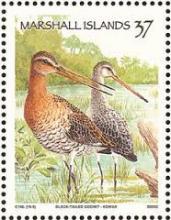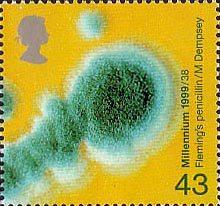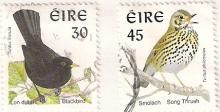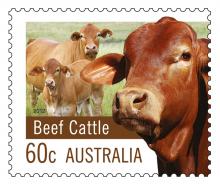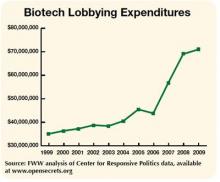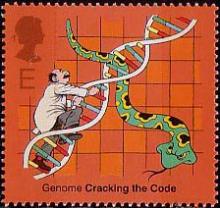Children from rural areas exposed to pesticides demonstrated significant DNA damage
A study investigated whether cytogenetic damage increased through prolonged pesticide exposure in n = 117 children, aged 7-11 years, living in rural areas of intensive agriculture; controls being n = 87 children from an agri-tourism region without pesticide exposure. DNA Single-Strand Breaks (SSB) were detected by the Comet assay in whole fresh blood samples together with ‘formamidopyrimidine DNA-glycosylase (FPG)-sensitive sites' with the bacterial FPG protein in isolated lymphocytes. Micronuclei (MN) levels were measured by the cytokinesis-block MN assay. Acetylcholinoesterase (AChE) and Pseudocholinesterase (PChE) activities were used as biomarkers of exposure. Subjects exposed to pesticides had significantly higher AChE and PChE activities than controls, although average levels were well below the biological exposure limit. In addition, those exposed to pesticides had significantly higher levels of steady-state FPG sites and SSB levels (p < 0.001), as well as MN levels. A positive correlation was found between PChE activity and FPG-sensitive sites and also between MN levels and FPG-sensitive sites, (both p < 0.01). In conclusion, despite the relatively low pesticide exposures in the test group of children, significant biological/developmental effects were detected.


